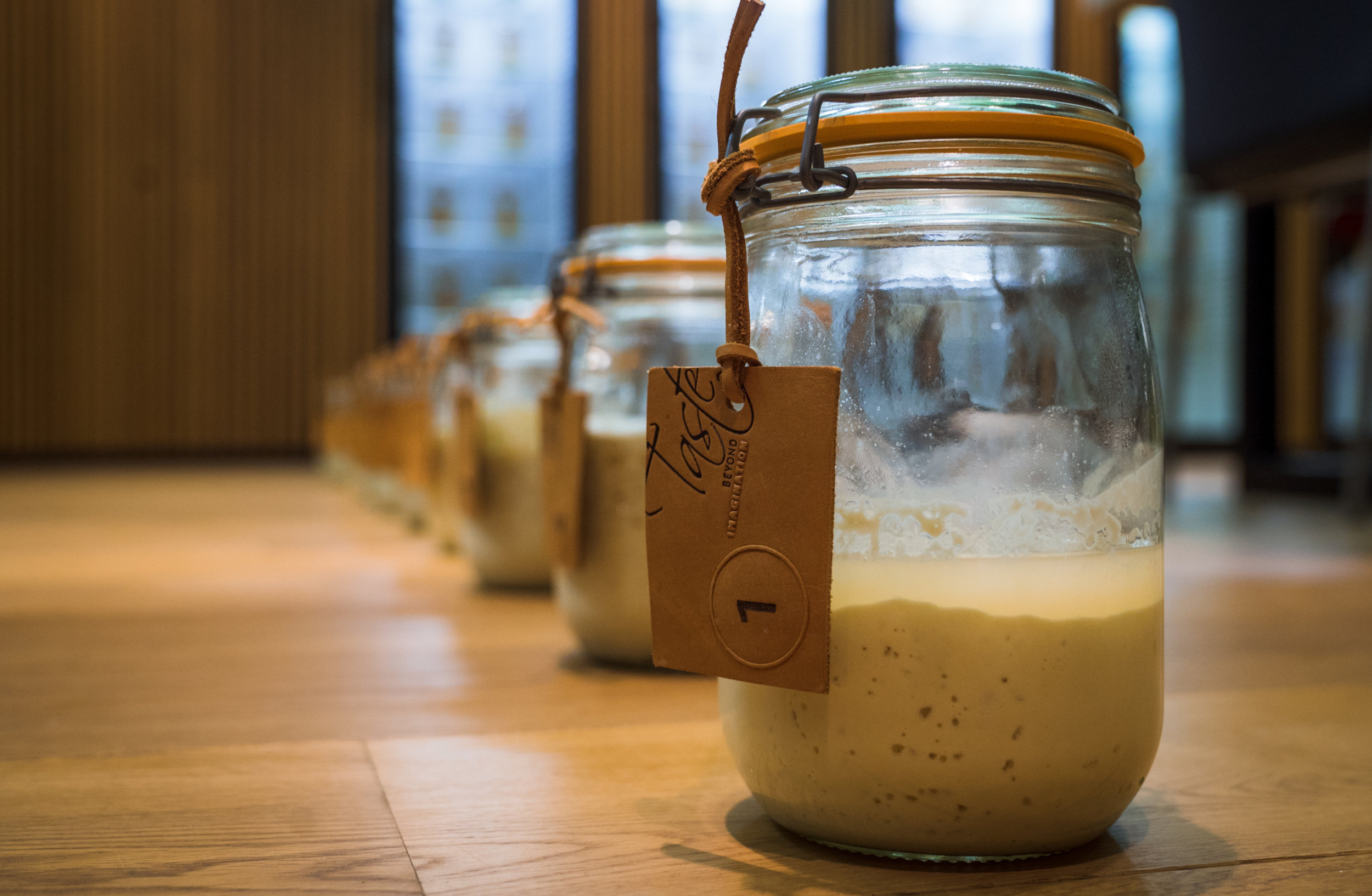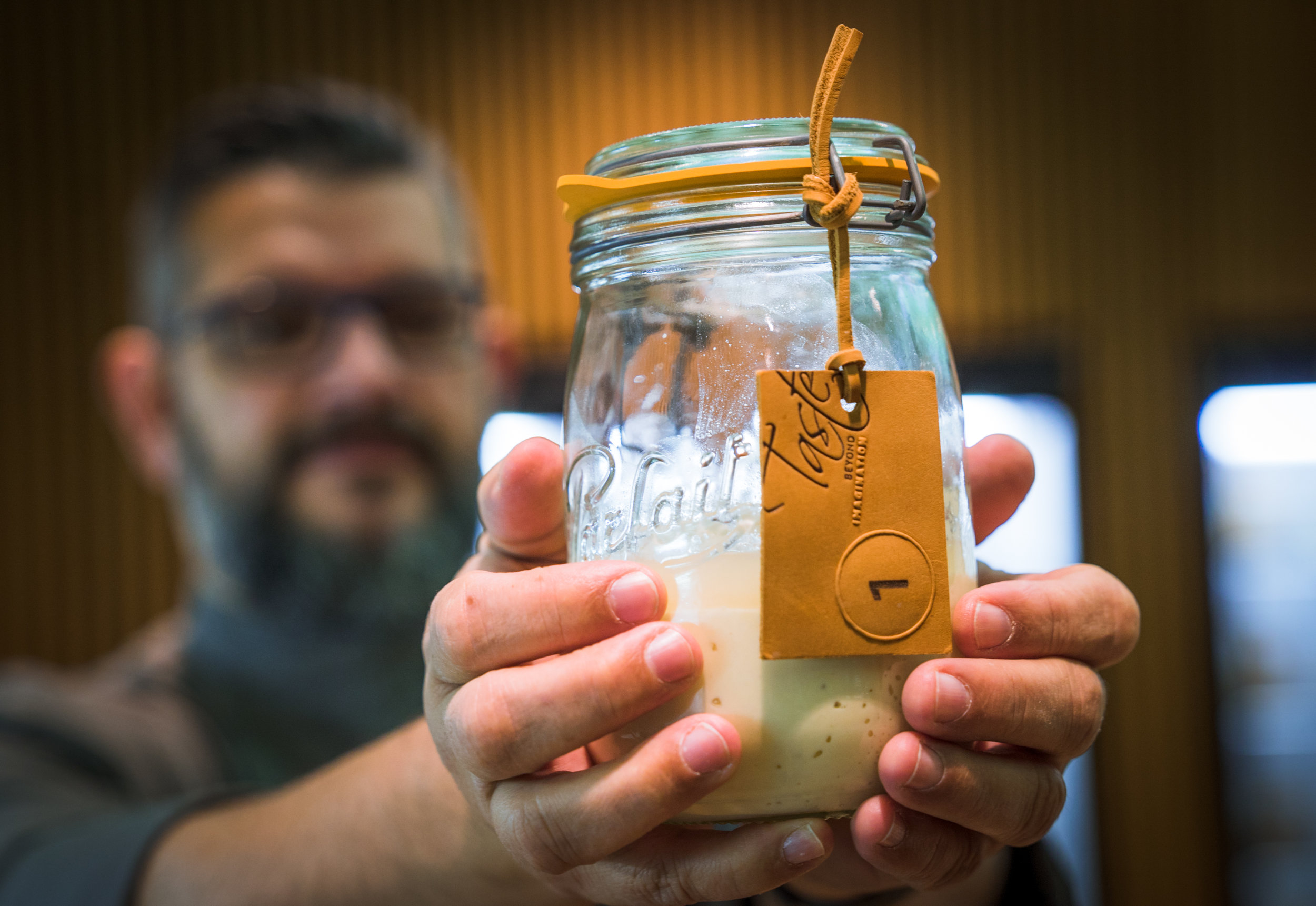While we may think of bitters as just being one ingredient in a cocktail, the scraps of available evidence suggest they were and continue to be an integral part of the creation
Illustrations by Bett Norris
The craft cocktail movement has blossomed over the past decade; gone are pitchers of Long Island iced teas, replaced by the Negroni, crowned the ‘trendiest’ drink of 2018. A rise in speakeasy bars and artisan spirit making has created a boom in cocktail originality, led by a new genre of highly respected creative; the mixologist.
Not content with just serving the classics, bartenders are selecting their spirits with care, blending flavours with lashings of originality, and finding ways to add their own signature flair. And at the heart of this movement? A rediscovered appreciation for the humble bitter.
Surrounded by a hundred different types of craft gin, suddenly the diminutive bottle of Angostura that’s spent 10 years lurking at the back of the drinks cabinet doesn’t quite seem to cut it. Enter a new wave of bitters, determined to make their mark in the cocktails of the modern quaffers.
Representing the UK is Bitter Union, a husband and wife team that crafts bitters in small batches in Hampshire. Inspired by the resurgence in bitters Tom and Lucy saw in the US and Canada, they began making their own bitters at home, infusing botanicals in high proof alcohol for around four weeks. They grow many of the ingredients such as rhubarb and thyme themselves, starting with robust flavours and then refining the taste.
The importance of bitters in cocktails shouldn’t be underestimated: “It’s almost like salt and pepper for drinks,”Tom explains.“Bitters are special in that they are able to enhance existing flavours in the overall drink while also adding a delicate aroma that then takes it up to the next level in terms of sensory experience.”
Here’s our guide to four key bitter cocktail ingredients:
Gentian (root)
Growing across Europe, gentian is one of the most commonly used plants in medicinal and cocktail bitters. Considered a ‘cooling’ bitter, its root is used to treat everything from indigestion to skin conditions. In the cocktail world it’s also indispensable, found as a core ingredient in both Campari and Angostura bitters.
Wormwood (leaves)
An aromatic bitter, it’s known for helping with appetite loss and indigestion, as well as for its anti-parasitic properties. Before hops became widespread, it was used to add bitterness to beer, and is an essential ingredient in absinthe (the latin name for the plant is Artemisia absinthium). It is often blamed for the drink’s hallucinogenic reputation.
Cinchona (bark)
Growing in South America, this tree held an important historic role that bridges the worlds of medicine and cocktails.The source of quinine, a natural anti- malarial, led to the creation of a medicinal ‘tonic water’, consumed widely by British officers in India. Many found the tonic water too bitter and added gin to make it more palatable and a classic drink was created.
Bitter orange (peel)
The peel of the bitter or Seville orange is believed to improve digestion and reduce constipation.You will find it as an ingredient in Angostura bitters and Triple Sec, and the addition of a few drops of a bitters blend based around this will elevate a gin and tonic to another level.
Words: Steph Wetherell

















